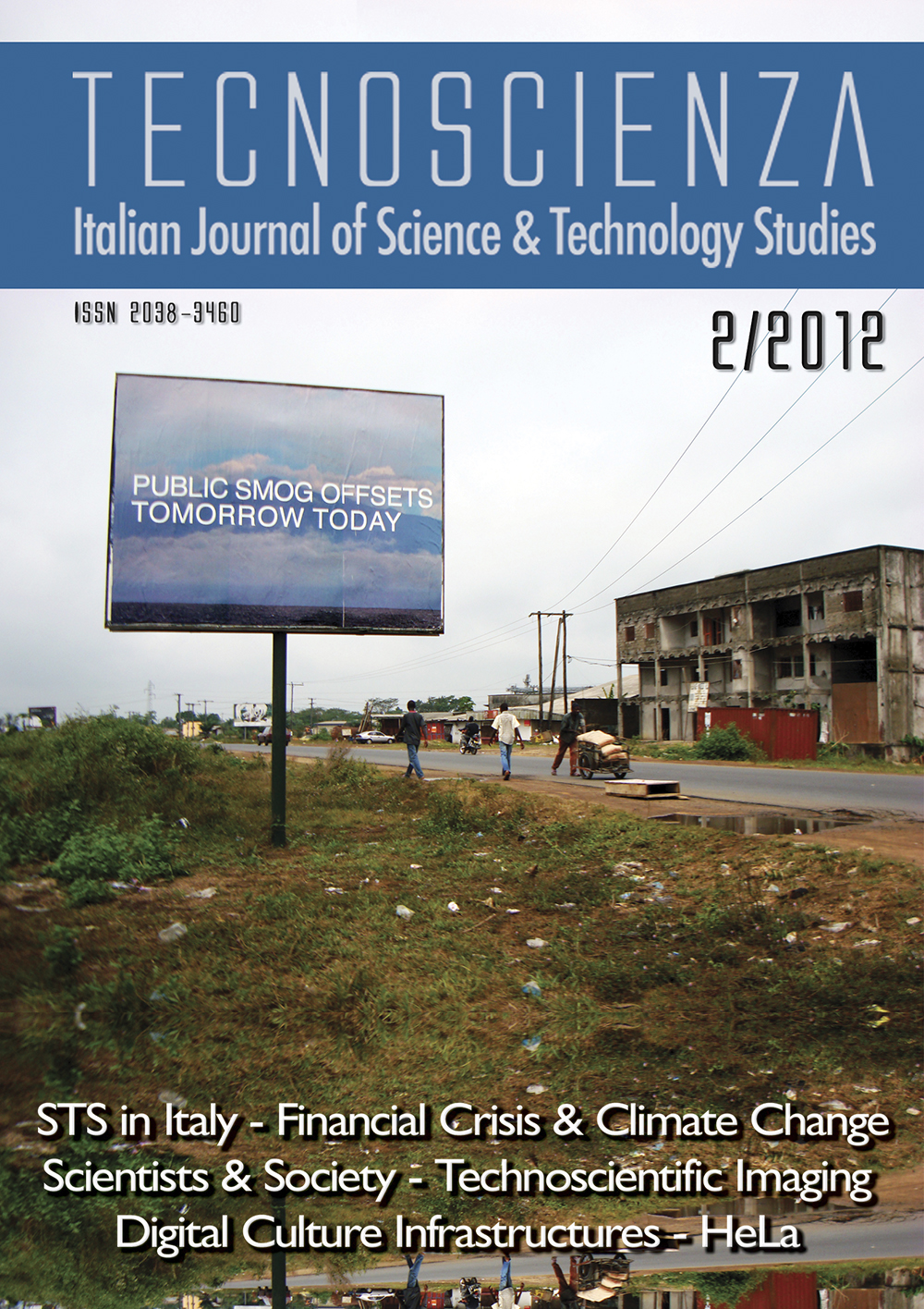HeLa. Reconstructing an Immortal Bio
DOI:
https://doi.org/10.6092/issn.2038-3460/17059Keywords:
immortal cells, research ethics, medical science, bio-objects, science narrativesAbstract
Henrietta Lacks died of cervical cancer in 1951 at 31, but a cell line from her tissues is still alive and reproducing for scientific purposes. Her dramatic biography and her fundamental (although unwitting) contribution to the development of scientific knowledge went unnoticed until Rebecca Skloot's "The immortal life of Henrietta Lacks" [New York, Random House, 2010, 384 pp.] was published. The political, scientific, social and technological entanglement of Henrietta's account by Skloot is an original and vivid science narrative of clear relevance for Science and Technology Studies. Stemming from Henrietta's story and Skloot's book, Stefano Crabu, Mauro Turrini, Marialuisa Lavitrano and Sara Casati reflect and discuss on the relation between society and medical research, its ethical dilemmas, as well as on the way technoscientific processes can be accounted for.





